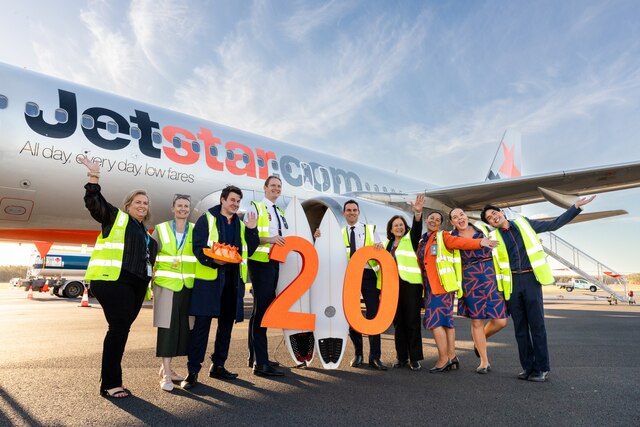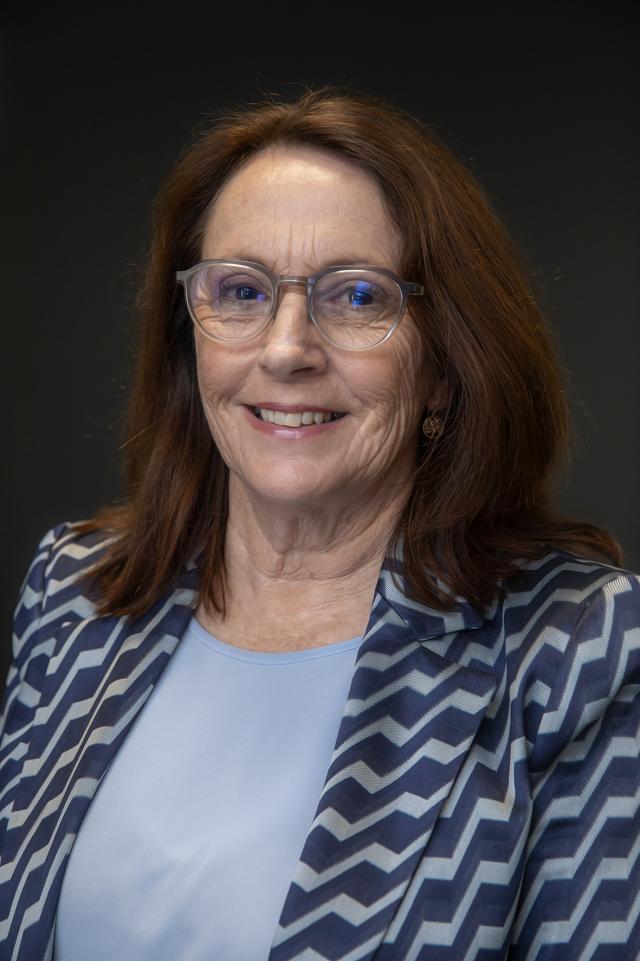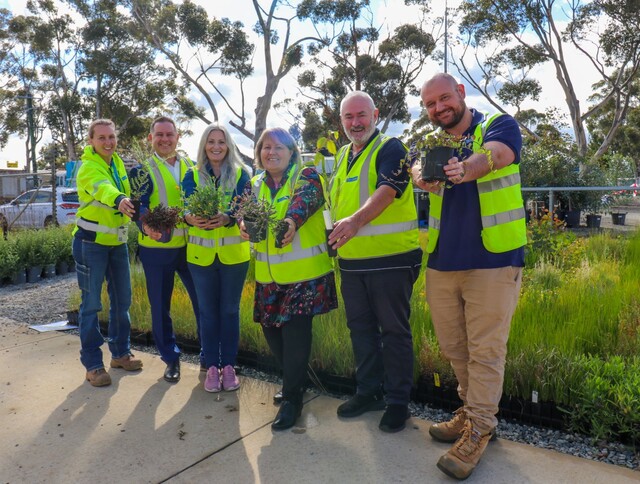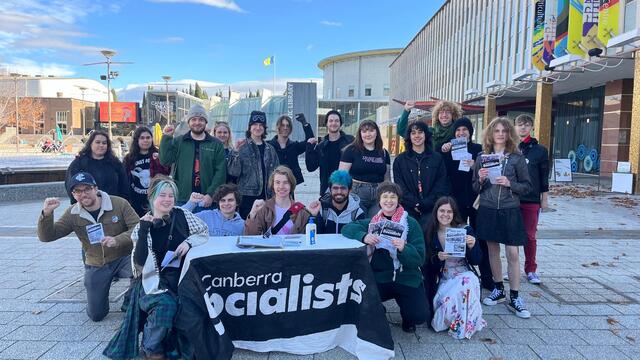Each edition we feature the views of a Local Government Association President. The following is from Councillor Peter Woods OAM President of the Local Government Association of NSW.
The drive by central government and their bureaucratic minions for undemocratic forced amalgamations has been avoided in New South Wales as a result of a sensible partnership approach between the newly re-elected Labor Government in the State and the Local Government and Shires Associations.
With the landslide result, there might well have been a trigger for ‘a Victoria’ but fortunately sanity prevailed. The Carr Government and new Minister Harry Woods, while indicating they wanted to see some fundamental change, reaffirmed their policy that they wanted Local Government itself to take up the initiative. ‘Have a look at efficiencies and talk to your neighbours and see if things could be done better in order to free up resources for community benefit.’
No one has been more vehemently opposed to forced amalgamations than I, but you would have to have your head fully immersed in the sand to not recognise that there is need for reform and given that opportunity we in Local Government, in association with our communities, should be driving it.
The Minister proposed that those Councils who advised him by 30 June that they were interested in pursuing a merger would be given until 30 March 2000 to submit a formal proposal and would have their elections, all due on 11 September 1999, deferred for a year in order to get the new organisation in place.
Twenty-five Councils put their hands up and will be the first of the State’s 177 Councils to progress their interest. Many other Councils expressed an interest but were not in a position to have reached formal agreements with their neighbours. These will go to election in September and then proceed to consideration at a later date.
The inquiries will be carried out by the Local Government Boundaries Commission. It will gather information, receive submissions and survey the community as it deems appropriate before making recommendations to the Minister. The process will be transparent, will involve the people and will have good Local Government input with three of the four Commissioners being elected Councillors.
It is vital that we ensure that in finding the economy of scale, we do not disregard the community of interest. We also should ensure that the economies be formed through staff attrition, retraining and internal redeployment rather than engaging in the wholesale sackings that characterize the economic rationalists of this world. It may take a little extra time to gain the maximum economies and efficiencies but it will be change driven by compassion and will ensure a positive attitude from employees.
The climate for change has been facilitated in New South Wales by the Associations providing facilitators in many parts of the State over the past two years for Councils willing to open up dialogue. Undoubtedly, this has set the scene for change, but change driven by thinking Councillors and communities who must put narrow minded parochialism to one side and look objectively at our responsibilities to our ratepayers.
I know, as Mayor of Concord, I am pleased my Council and adjoining Drummoyne, in Sydney’s inner west, are taking to the tango recognising two Councils of 30,000 people can do things better by becoming one, and putting all that expensive duplication of energy, administration costs, vehicle, plant, equipment and building cost back to where it should be, with our people and their communities. Big enough to make substantial savings but small enough to allow for citizen involvement in the decision making processes.







